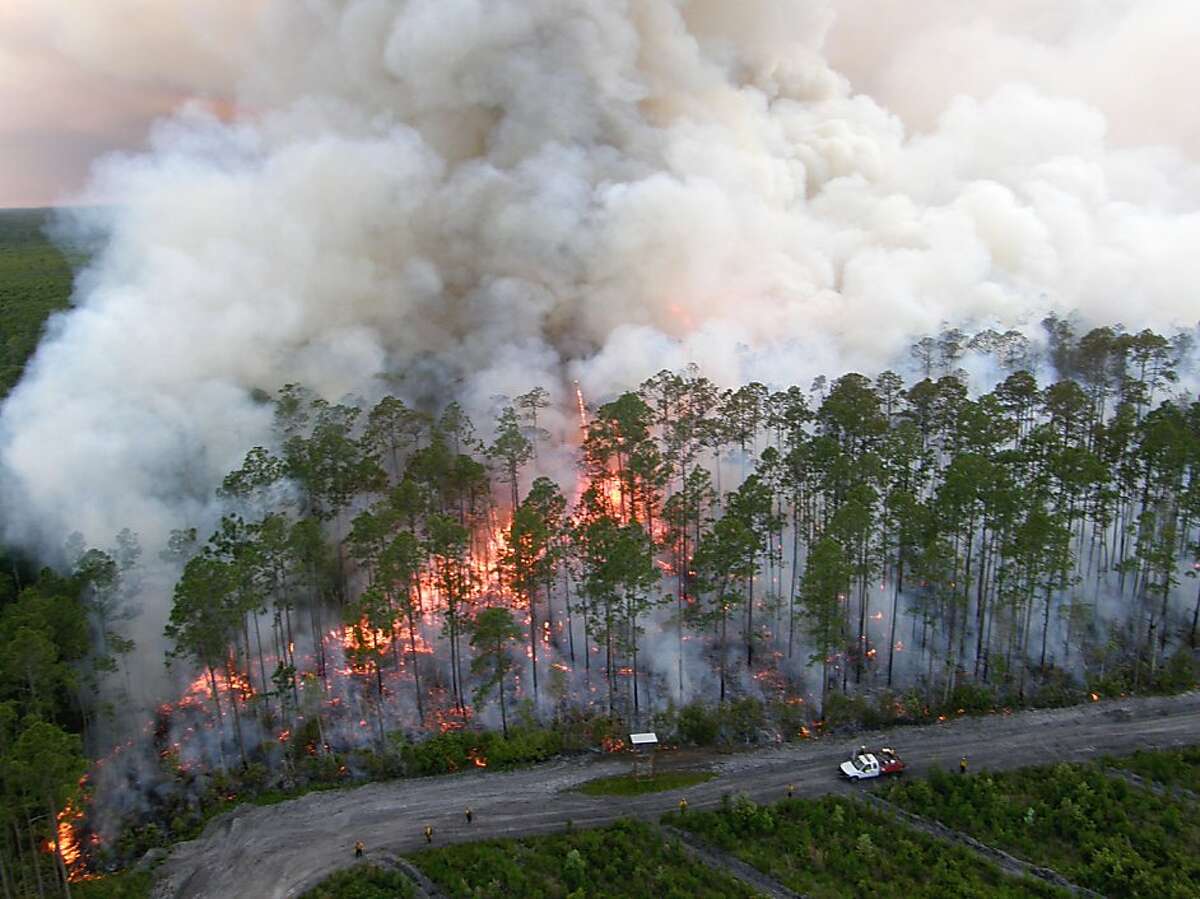On Monday, USDA Forest Service and the National Alliance of Forest Owners (NAFO) agreed to enhance cooperation during wildfires by signing an MOU to increase cross-boundary efforts to suppress wildfires. This Partnership highlights the importance of the coordination between private landowners and federal government entities to address wildfire risk and active management. The capacity gaps make it difficult for USFS to address wildfires alone, especially when wildfires do not adhere to property boundaries and often require action from private landowners. Therefore, cross-boundary efforts have become increasingly important as threats to our forests continue to impact the landscape.
“This new agreement will streamline our cooperation with the Forest Service so we can efficiently and effectively manage wildfire on working forests next to national forests,” said Dave Tenny, president and chief executive officer of NAFO. “This collaboration is crucial not only for protecting people, property, livelihoods and critical infrastructure in rural communities, but also for sustaining healthy and resilient forests that provide clean air and water, wildlife habitat, and carbon sequestration.”
USFS and NAFO have committed to continuing to explore opportunities for innovative approaches in partnering to reduce wildfire risk and protect forested landscapes. Together, they stated that through this MOU and future partnership opportunities, they will remain committed to sustainable forestland management and protecting critical natural resources for future generations to come. To learn more about this initiative, click here →

- Pictured above: In this June 9, 2011 photo provided by the US Fish and Wildlife Service, the Honey Prairie fire is seen burning in the Okefenokee Swamp in southeast Georgia. (AP Photo/ US Fish and Wildlife Service, Howard McCullough)
“To protect communities, critical infrastructure, and natural resources from the threat of wildfires, we must work alongside partners at all levels,” said Forest Service Chief Randy Moore. “The highest risk firesheds are often spread across multiple jurisdictions. Working more closely with private forest owners to suppress wildfires on adjoining lands is one more way we can achieve the goals of the Wildfire Crisis Strategy.”
Zoom-in: Greater Okefenokee Association of Landowners (GOAL)
The NAFO and USFS MOU could bolster existing public-private partnerships in Georgia. Founded in 1994, the Greater Okefenokee Association of Landowners, commonly known as GOAL, consists of more than 80 members representing more than 2 million acres of acres of public, private and commercial lands in south Georgia and north Florida. GOAL has collaborated with USFS, U.S. Fish & Wildlife Service, Georgia Forestry Commission, Florida Forest Service to promote communication and resources to support wildfire suppression in the region. To date, GOAL projects have included wildfire preparedness, fire suppression coordination (from communication / radio frequencies/shared cell phone numbers, to resource lists of equipment and personnel), and creating helicopter dip sites.
Every 5-7 years, wildfire damages privately owned timberland that borders the Okefenokee Swamp. In 2011, the Honey Prairie fire started in the Okefenokee Swamp consuming over 300,000 acres, and each year the risk of another large fire event looms over the region. The dedication and stewardship of GOAL members when combined with the USFS-NAFO MOU is a great example of what can be accomplished by working together to supress wildfire before it gets to private land. Under the MOU, the USFS will, to the extent legally authorized, expidite the use of firefighting resources made avaialble by NAFO member companies on federal land, which will hopefully support containment and suppression.
“We have a long-standing partnership between private landowners and government agencies at the local level that has been built on strong communications and trust,” said Jim Barrett, woodlands manager with The Langdale Company and GOAL chairman. “It is really exciting to see the efforts that we have adopted in our region be recognized at the national level, and I am excited to see what can be accomplished under this new MOU.”


